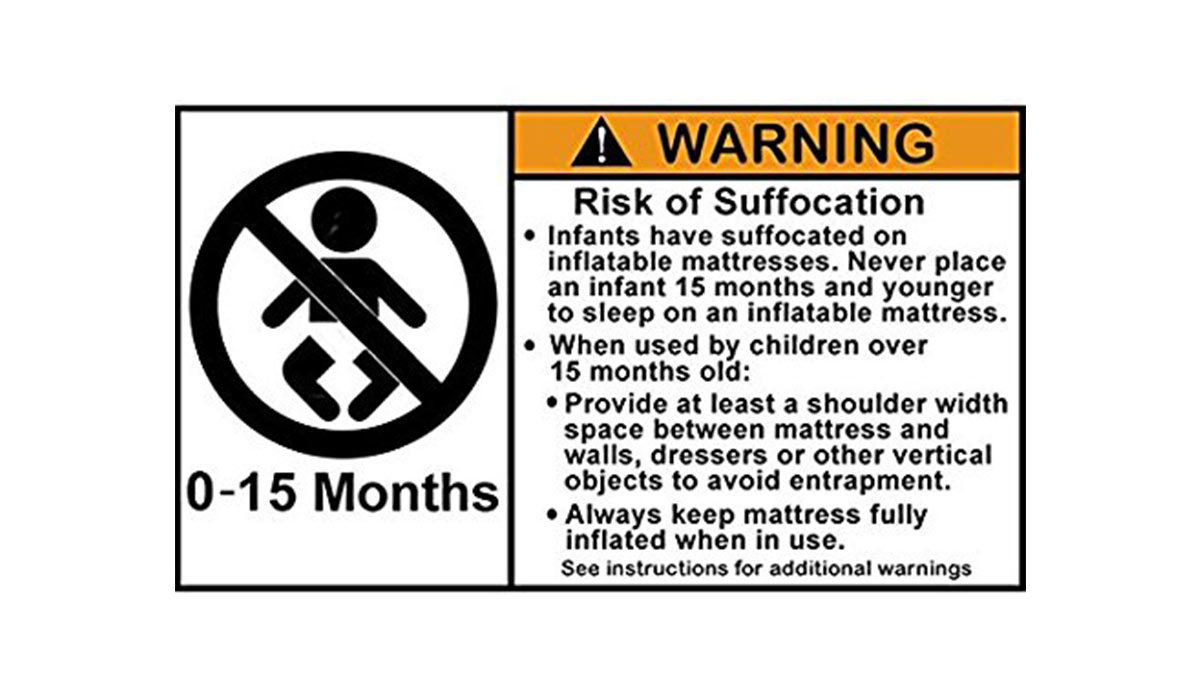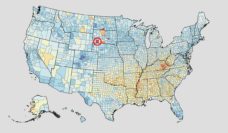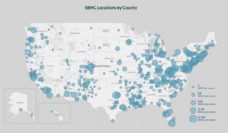Air mattresses or air beds pose an especially dangerous hazard to infants. Well-meaning parents may mistakenly think that a firm air mattress is “firm enough” to be a safe sleep surface; however, the Consumer Product Safety Commission warns that air mattresses should not be used in infants less than 15 months of age. Infants can easily roll into a position in which they cannot breathe (positional asphyxia). Furthermore, infants can suffocate when their faces are pressed into an air mattress by a parent or sibling’s arm, leg, or body moving during sleep.
As part of her service to the community, Jennifer Doering sits on the Milwaukee Fetal and Infant Mortality Review (FIMR). Over a period of two years, she noticed that three cases involved the death of babies on air mattresses. Thinking that if there were three deaths on air mattresses in two years in Milwaukee, she wondered if there may be a similar trend in cities across the nation. If this were the case, there could potentially be hundreds of deaths involving air mattresses that fly under the radar of public health and consumer product advocates. To investigate further, she consulted with her colleague, Dr. Trina Salm Ward, and together, we reached out to members of the Child Death Review division of the National Center for Fatality Review and Prevention to ask if they could identify the number of cases where air mattresses were involved in an infant death.
It was both surprising and not, then, to discover that there were 108 cases of infant death between 2004 and 2015 where an air mattress was the incident sleep space.
It was both surprising and not, then, to discover that there were 108 cases of infant death between 2004 and 2015 where an air mattress was the incident sleep space. The representative of the Child Death Review was careful to note some important limitations. First, deaths were being reported by only 24 states at that time. When each state started reporting child deaths to the national reporting system varied, meaning the 2004-2015 timeframe did not capture 11 years of data from all 24 states. Finally, not all deaths were necessarily reported to the National Center meaning some deaths there could be unreported deaths. This leads us to believe that the number of deaths found may be vastly underreported.
This knowledge spurred us to action to further investigate trends and changes related to safe sleep and the air mattress industry. We found an increasing consumer trend towards using air mattresses not just as surface used when camping, but as an affordable and transportable sleep surface. Additionally, in the midst of a national bed bug epidemic, air mattresses seem to be perceived as an affordable alternative to traditional mattresses or costly approaches to covering mattresses that were infested. Advantages of air mattresses include that they have fewer crevices for bugs to burrow and nest, and the vinyl material used in air mattress construction resists bed bugs.
Additionally, in the midst of a national bed bug epidemic, air mattresses seem to be perceived as an affordable alternative to traditional mattresses or costly approaches to covering mattresses that were infested.
We also reviewed the policies, position papers, and educational and consumer materials promoted by key agencies and organizations that promote safe infant sleep. We found that with one exception, organizations did not explicitly mention the danger of air mattresses. Water beds were commonly mentioned, but prevalence of air mattresses far outstrips that of water beds, which were more common in the 1980s. Furthermore, although air mattress packaging and labels have clear requirements for warning consumers, an equally important way to increase awareness of the dangers of air mattresses to infants is to ensure consistent messaging in parent and consumer brochures and on social media sites.
Given this potential increased trend towards air mattress use, we suggest more explicit warning labels, policies including the danger of air mattresses, and increased data monitoring to better track this potential trend. We published our findings in the American Journal of Public Health in June 2017. Dr. Rachel Y. Moon, a member of the American Academy of Pediatrics Taskforce on SIDS and professor in the Department of Pediatrics at University of Virginia Medical School of Medicine, also commented on our findings.
This is an example of how community academic partnerships such as FIMR can help identify potential emerging trends and work to quickly address them. This is extremely important as new and improved products are being developed every day, and our traditional monitoring and policies may be challenged to keep up with the rapid changes in the consumer product industry.
Feature image: air mattress warning label














